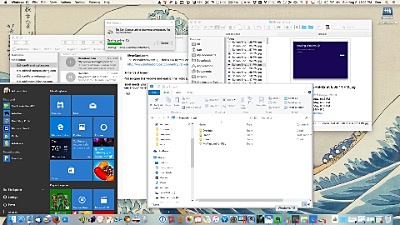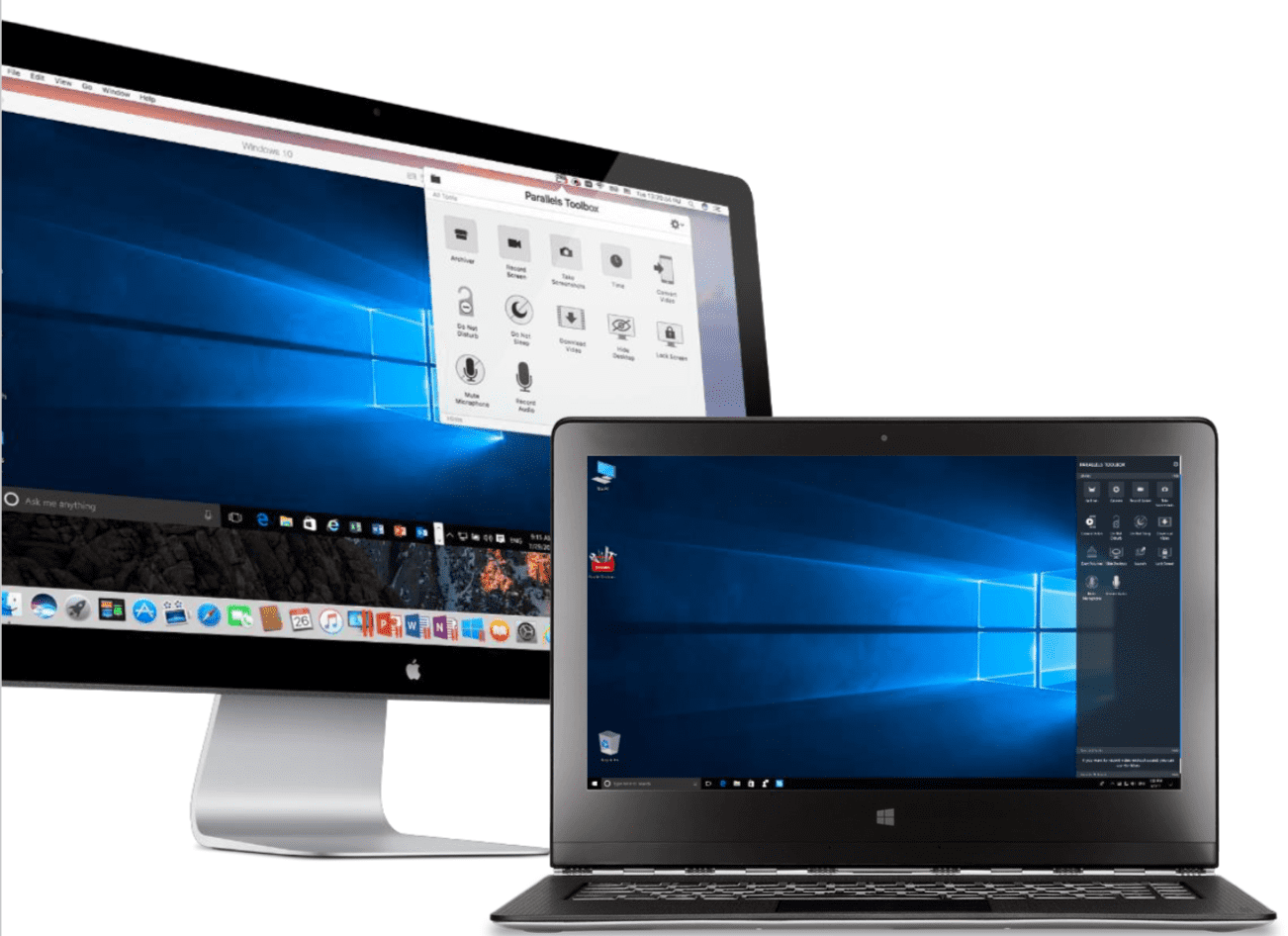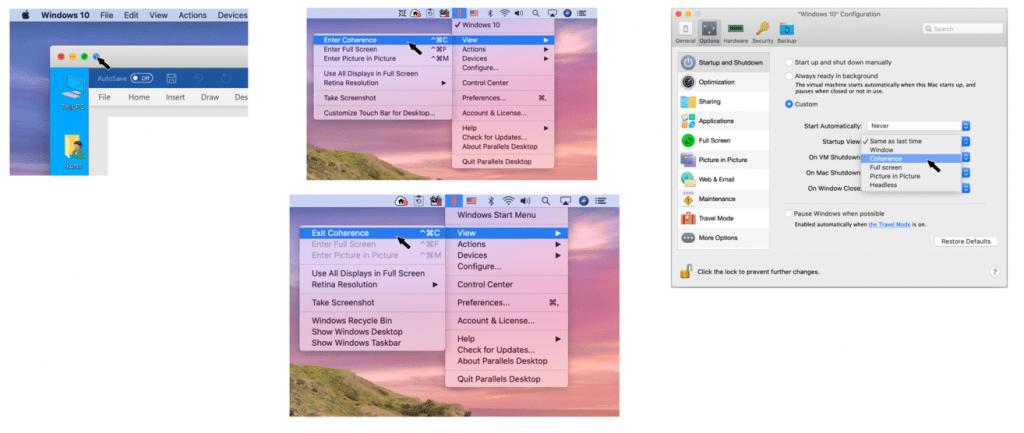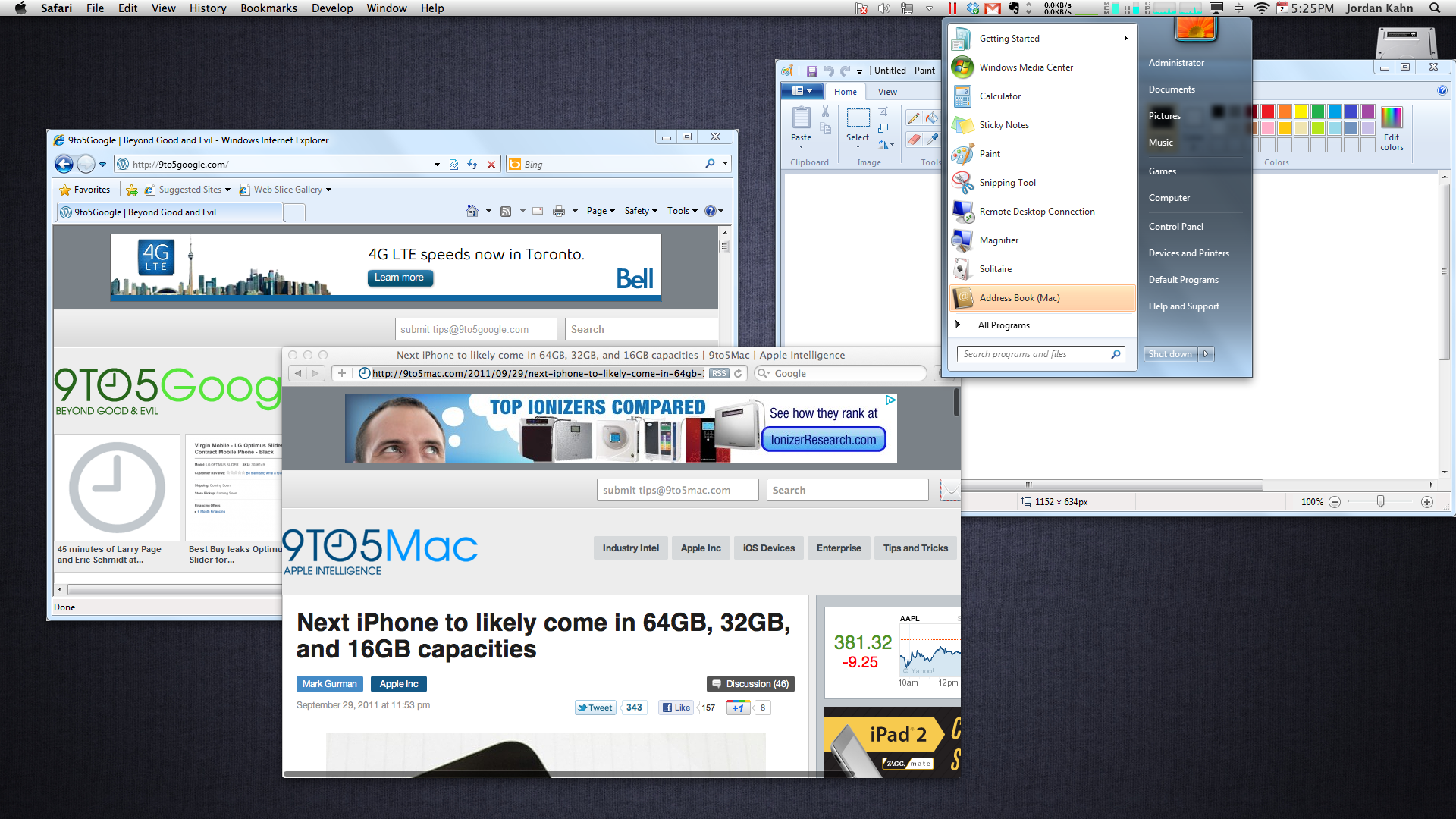

- Parallels desktop coherence how to#
- Parallels desktop coherence for mac#
- Parallels desktop coherence mac os x#
Parallels desktop coherence for mac#
June 2011 brought the introduction of Parallels Desktop for Mac Business Edition, equipped with a volume license key to activate Parallels Desktop on a large scale. On November 4, 2009, we added support for Apple trackpad gestures and keyboard actions such as drag-and-drop and copy-and-paste, further smoothing the operation between systems.įast forward to September 14, 2010, when Parallels Desktop introduced 64-bit mode support. This mode remains a fan-favorite among Parallels Desktop users today.
Parallels desktop coherence mac os x#
This innovation revolutionized the industry, granting Mac users the convenience of running Windows and Mac OS X simultaneously, a feat previously unattainable without rebooting through Boot Camp.įebruary 27, 2007, was the unveiling of the Coherence Mode feature, allowing customers to conceal Windows Desktop and operate Windows apps side-by-side with Mac applications within the Mac OS X environment.

June 15, 2006, marked the genesis of Parallels Desktop for Mac, pioneering the world’s first virtualization software for Intel-based Mac. Join us as we delve into some standout moments of our astounding 17-year journey! Whether it’s employing a Windows-only application that Mac doesn’t support, leveraging exclusive Windows features, designing, developing, or testing software across diverse operating systems, enjoying gaming, running demanding CAD apps, or collaborating cross-platform with peers or students, our users have accomplished remarkable milestones with Parallels Desktop for Mac. Our dedicated Parallels team continually marvels at the inventive ways our strong base of 7 million customers utilize Parallels Desktop for Mac to cater to their specific virtualization needs daily. Then choose View > Enter Coherence.In celebration of the 17th year milestone of Parallels® Desktop for Mac, we’re looking back at an incredible journey that has seen us empower Mac users & developers to smoothly operate & build over 200,000 Windows applications on their chosen Mac device.

Press Control-Option (Alt), click the View menu and select Exit Full Screen.

To switch from Full Screen mode to Coherence mode, do one of the following: To switch from Window mode to Coherence mode, do one of the following:
Parallels desktop coherence how to#
To learn how to disable Linux 3D effects in other Linux OSs, refer to the operating system documentation. For example, in Fedora 14 click System > Preferences > Desktop Effects and select Standard. The way you can do this depends on your Linux distribution. In this mode, called Coherence mode, Linux programs appear on the Mac desktop next to your Mac applications. You can set Linux and Mac OS X to work seamlessly together, as if they were part of a single operating system. Use Linux in Coherence Mode Use Linux in Coherence Mode


 0 kommentar(er)
0 kommentar(er)
